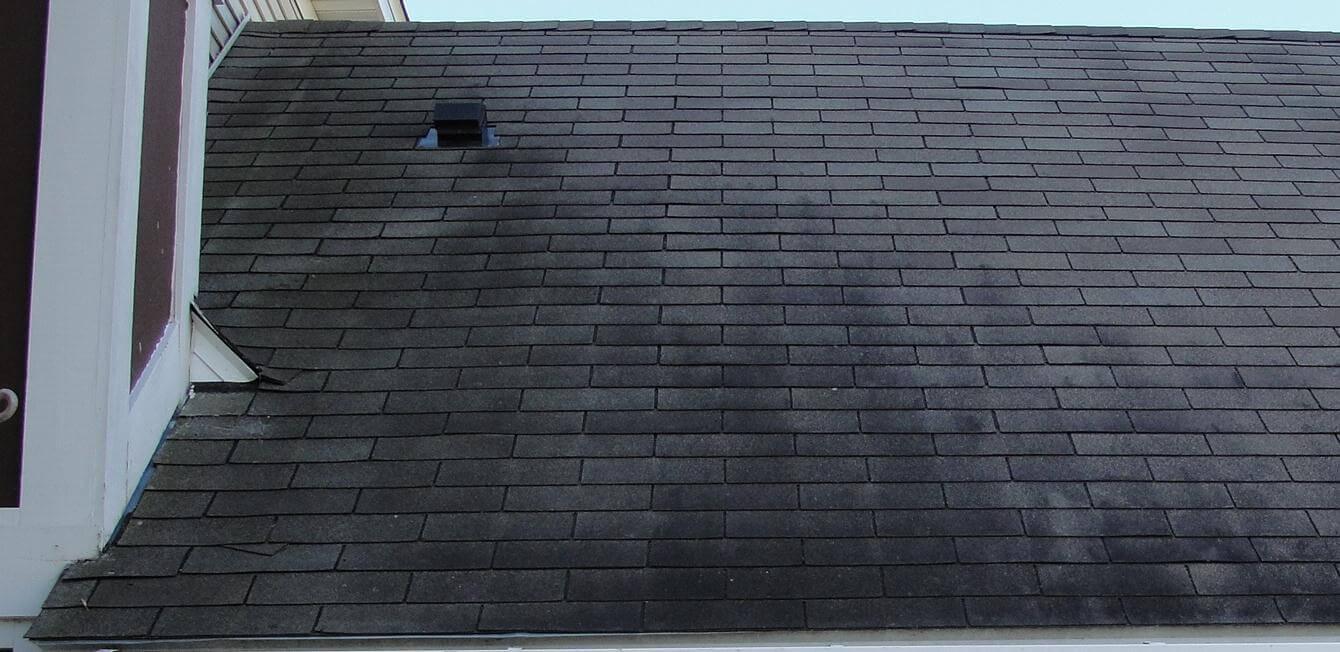Showdown! Metal Roofing vs Asphalt Shingles
If it’s time to install a new roof, the variety of options available can make your head spin, we know. Asphalt shingles have long been known for their reliability, cost-effectiveness, and ease of maintenance, making them the most popular roofing material on the market today. But now there’s a variety of options that deserve consideration—especially metal, the second most popular roofing material thanks to its durability, longevity, and a wide selection of styles.
Though both materials are great options for residential roofing, one may be better suited to your needs. So we decided to put them up against each other—metal roofs vs. shingles in asphalt—comparing everything from aesthetics to eco-friendliness with the hope that it will help you make the right decision for your home.
Finish Options
Both materials have finish options for every housing style. While shingle roofs have a traditional look of their own, now they’re being manufactured to mimic the look of slate, wood shakes, and tile. You can find them with scalloped edges perfect for Victorian homes or with a terra cotta look appropriate for a Mediterranean home. The color palette is wide-ranging and there’s a host of different finishes as well, from slightly weathered (to complement older homes) to subtly multicolored.
Traditionally, metal roofs were made of corrugated tin panels (called standing-seam metal) that evoke images of barns or sheds. But metal roofing—in zinc, aluminum, galvanized metals and even copper in addition to tin—have come a long way from the farm. You’ll see metal roofing that suits less rustic, more refined structures, from California contemporaries to East Coast Victorians, in a wide array of colors and finishes, and even in shingle, slate, and shake styles.
Because you can likely get the look you want from either metal or asphalt shingle, don’t let appearance be the deciding factor; instead, choose the material that will perform best for you.
Let’s talk durability
Metal roofs are more durable. Metal roofs can stand up to nearly anything Mother Nature can throw at them, so you’ll find that they come with 30- to 50-year warranties, and often outlast that with lifespans of 40 to 70 years. Metal roofs are not without weaknesses, however: Extreme hail or falling branches can possibly dent a metal roof. Discuss vulnerability concerns with your contractor. You’ll learn, for example, that steel is hardier than copper.
Shingles have a shorter lifespan due to their own unique set of weaknesses. Pooling water and chronically damp conditions can lead to algae and fungus growth, ice dams can create cracks, and temperature spikes between day and night can reduce the life of your shingle roof. Shingle roofs come with 15- to 30-year warranties, depending largely on the region, environment, and climate.
How about cost?
Shingle roofs are cheaper up front. Though you’ll get more life out of a metal roof, you’ll pay the price at the time of installation. Metal roofs generally can run from $120 and up, per 100 square feet (one 10-foot by 10-foot area, or a “square” of material), while asphalt shingles will be between $100 and $200 per 100 square feet.
You’ll recoup some of the costs of a metal roof because you likely won’t ever have to replace it. Additionally, insurance companies may offer discounts to homes with metal roofs.
You may even qualify for tax credits by installing a metal roof on your primary home. Finally, metal roofs are so energy efficient they can save you money in monthly heating and cooling costs.
Let’s talk greening your home
Metal roofs are more eco-friendly. Because they’re largely made of recycled material and can be recycled, again and again, metal roofs are considered a more sustainable choice than asphalt shingles. Metal roofs are also more energy-efficient thanks to their reflective qualities, which can block heat transmission to the home’s interior. Specialized paint coatings can further reduce your cooling bills.
Asphalt shingles, on the other hand, need to be replaced more frequently than metal roofs; it’s estimated that U.S. landfills receive nearly 20 billion pounds of old asphalt shingles annually. Also, asphalt shingles are a petroleum-based product, which increases dependency on fossil fuels.
Hopefully, this will help you while you’re trying to make up your mind on which roofing material to go with for your new roof. As always we at DYMI Construction are always available to answer your questions. You can either give us a call or drop us a note.


